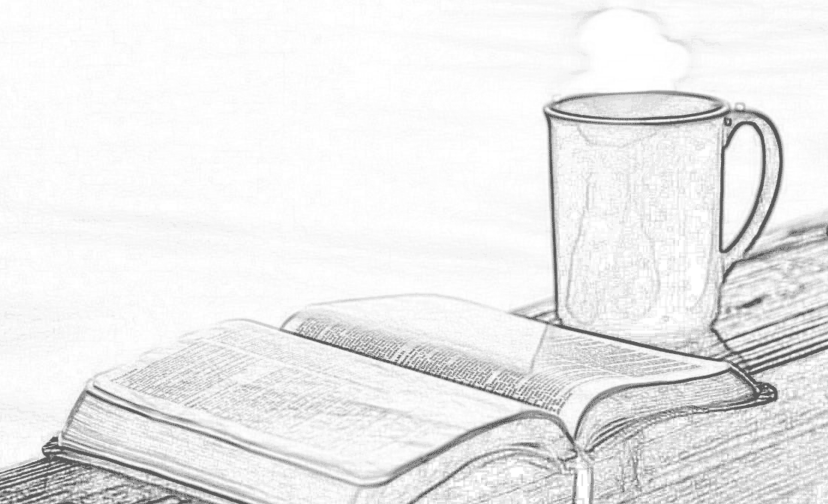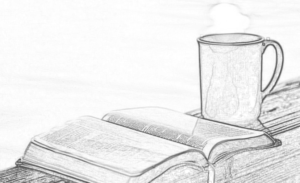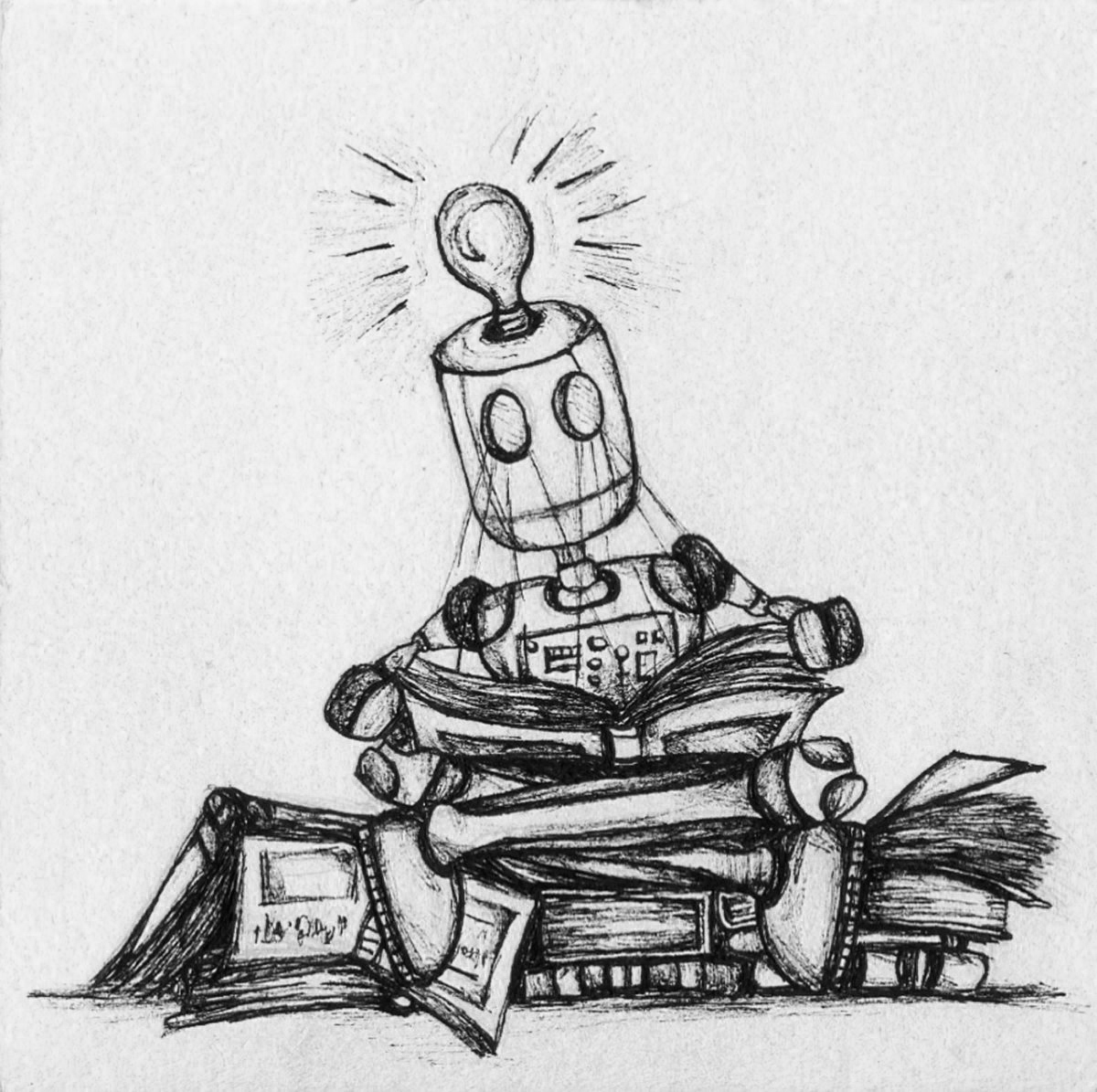Occasionally I have an identity crisis. I think that’s good. From time to time I have to ask myself questions like: Who am I? What am I doing? Do I like doing it? Am I good at it? Will it help the world? and How does the world know I’m doing it?
It began this time when I asked a friend and colleague to help me with the process of reexamining my business card and letterhead. Since my last printing, I had expanded the way I work with voice, conflict and aikido, and I wanted my visual image to reflect the changes.
I thought it would be simple. She’d take all my questions and resolve them in some way that would be clear, concise, and visually pleasing. She did — but it wasn’t simple, and I wasn’t prepared for what lay ahead.
When she showed me her ideas I literally stepped back, wide-eyed, and almost stumbled over my chair. She presented a new, much more powerful image of me and my work. It was very different from the look I’d grown accustomed to, and it simultaneously shocked and delighted me. It also began an internal process of discovery that has been quite interesting.
Aikido and Power
I thought I knew who I was. I just had some questions about how to visually integrate the different aspects of my work — voice, aikido, conflict resolution — into a coherent package. But I had a basic image that I’d been using and that functioned pretty well. As it turns out it wasn’t the whole me, nor was it the whole of my work. In the Japanese martial art Aikido there are two central elements. One is learning to flow and blend with energy. The second is the power you gain when that happens. Aikido is a very powerful martial art. It is not resistant, but it is not passive. Verbally, we use aikido when we are clear about our position while acknowledging others, and when we use words to connect instead of attack. I have always identified with the flow of aikido but found it more difficult to engage its power. Similarly in life I find it easy to blend (listen, acknowledge, agree) but more difficult to use power (state my position, ask for what I want, say no). My image on paper reflected that too.
In my aikido practice — and in life — I’m learning to be more powerful, and it’s fun. I throw harder, and I communicate more powerfully. But it’s not always easy because my image (both of myself and reflected in others) says that I’m a “nice” person. And that “nice” image conflicts with a “power” image. Powerful people aren’t always nice, and nice people aren’t usually powerful. But is it possible to be both — to blend and be powerful at the same time? In fact, aikido’s message is that true power lies in blending. Power without blending is destructive. And to blend without power is to lose our center.
Now back to my image control problem. The graphic reflection of my work initially challenged my self image. But the timing was perfect. Just as my work was evolving to include the powerful aspect of aikido, my colleague captured that power and clarified it graphically.
Critical Questions
One of life’s ongoing conflicts is the question “Who am I?” Both personally and organizationally we need to address this conflict periodically and to ask ourselves who we are and whether our inner and outer images are accurate. To flourish as an individual or a corporate entity, this kind of clarifying conflict is vital.
Annie Dillard said: “How we spend our days is, of course, how we spend our lives.” We all need to revisit our image on occasion, because it forces us to ask the important questions that must be asked if we’re going to create the life — the organization, the school, or the company — we want, one that is uniquely ours and that we love. Our ultimate power is not the power to control how others see us but to appreciate and bring to light the undiscovered parts of ourselves. As we move forward in life, our evolution has a natural flow to it. Am I enjoying my work or am I struggling? Do I create my life anew each day? What energizes me? Where am I going and to what end? Important questions for all of us this year, this day, this moment.




